1.
Introduction
Let (Mn,g) be an n-dimensional Riemannian manifold with the metric g and the dimension n≥3. If there exists a non-constant smooth function f such that
then (Mn,g,f) is called a vacuum static space (for more backgrounds, see [8,10,19,23]). Here fij, Rij and R denote components of the Hessian of f, the Ricci curvature tensor and the scalar curvature, respectively. In [8], Fischer-Marsden proposed the following conjecture: The standard spheres are the only n-dimensional compact vacuum static spaces. In [18], Kobayashi gave a classification for n-dimensional complete vacuum static spaces that are locally conformally flat. On the other hand, he and Lafontaine [20] also provided some counterexamples for the above conjecture.
In fact, according to the second Bianchi identity, any vacuum static space has constant scalar curvature. Moreover, Bourguignon [2] and Fischer-Marsden [8] have proved that the set f−1(0) has the measure zero and the set f−1(0) is a totally geodesic regular hypersurface.
Let ˚Rij=Rij−Rngij be the trace-free Ricci curvature, then (1.1) can be written as
which gives
It is well known that the Weyl curvature tensor W and the Riemannian curvature tensor is related by
In this paper, we consider rigidity results for closed vacuum static spaces. By using the maximum principle, some rigidity theorems are obtained under some pointwise inequalities and show that the squared norm of the Ricci curvature tensor is discrete.
Theorem 1.1. Let (Mn,g,f) be a closed vacuum static space with the positive scalar curvature and flWlijk=0 (that is, zero radial Weyl curvature), where n≥4. If
then it must be of Einstein as long as there exists a point such that the inequality in (1.3) is strict.
Next, by substituting (1.3) with a stronger condition, we can obtain the following characterizations:
Theorem 1.2. Let (Mn,g,f) be a closed vacuum static space with the positive scalar curvature and flWlijk=0 (that is, zero radial Weyl curvature), where n≥4. If
then it must be of Einstein or a Riemannian product S1×Sn−1. In particular, it must be of Einstein as long as there exists a point such that the inequality in (1.4) is strict.
When W=0, the formula (2.1) shows that the Einstein metric with the positive scalar curvature must be of positive constant sectional curvature. Hence, Theorem 1.2 gives the following:
Corollary 1.3. Let (Mn,g,f) be a closed vacuum static space with the positive scalar curvature and W=0. If
then it must be of either Sn with positive constant sectional curvature or a Riemannian product S1×Sn−1.
In particular, when n=3, we have W=0 automatically and Corollary 1.3 yields the following result (which has been proved by Ambrozio in [1, Theorem A]) immediately:
Corollary 1.4. Let (M3,g,f) be a closed vacuum static space with the positive scalar curvature. If
then it must be of either S3 with positive constant sectional curvature or a Riemannian product S1×S2.
Remark 1.1. It is easy to see that the condition (1.4) is stronger than (1.3). On the other hand, one can check that when Mn=S1×Sn−1, we have |˚Rij|=R√n(n−1), and when Mn=Sn, we have |˚Rij|=0. Hence, for closed vacuum static spaces with W=0, Corollary 1.3 gives the following pinching results: If 0≤|˚Rij|≤R√n(n−1), then |˚Rij|=0 or |˚Rij|=R√n(n−1). That is, the value of |˚Rij| is discrete.
Remark 1.2. Recently, by a generalized maximum principle, Cheng and Wei [6] considered the classifications for three-dimensional complete vacuum static spaces with constant squared norm of Ricci curvature tensor. For the classifications for closed cases, see [17,24,25,26] and the references therein.
2.
Some necessary lemmas
It is well known that the Weyl curvature tensor and the Cotton tensor are defined respectively as follows:
and
From (2.2), it is easy to see that Cijk is skew-symmetric with respect to the last two indices; that is, Cijk=−Cikj and is trace-free in any two indices:
In addition,
and in using the Ricci identity, one has
Associated to (1.1), there is a (0.3)-tensor Tijk, which can be written as
A direct calculation enables us to observe that T satisfies the following properties:
Moreover, the tensor Cijk is related to T by (see [3,4,11,15,25]):
Lemma 2.1. Let (Mn,g,f) be a vacuum static space with f satisfying (1.2). We have
and
Proof. By the Ricci identity, we have
which gives
Since the scalar curvature R is constant, then
which is equivalent to
In particular, by virtue of the second Bianchi identity, we have
where, in the last equality, we used the formula (2.2) since the scalar curvature R is constant. Thus, we obtain
and the formula (2.8) is achieved.
From (1.2), we have
Therefore,
The proof of Lemma 2.1 is completed. □
Lemma 2.2. Let (Mn,g,f) be a vacuum static space with f satisfying (1.2). If flWlijk=0 (that is, zero radial Weyl curvature), then
Proof Using (2.9), we have
Since flWlijk=0, then (2.7) gives
and
On the other hand,
Combining (2.17) and (2.18), we achieve
Thus, (2.16) becomes
and the formula (2.15) is attained. □
We also need the following lemma (see [9,13,14,21]):
Lemma 2.3. For any ρ∈R, the following estimate holds:
3.
Proof of results
3.1. Proof of Theorem 1.1
Multiplying both sides of (2.15) with f, we have
Since the manifold is closed, then (3.1) together with (2.20) yields
Therefore, under the assumption (1.3), it follows from (3.2) that
which shows that |˚Rij|2 is subharmonic on Mn. Using the maximum principle, we obtain that |˚Rij| is constant and ˚Rij,k=0. In this case, (3.3) becomes
If there exists a point x0 such that (1.3) is strict, then from (3.4) we have |˚Rij|(x0)=0, which with |˚Rij| constant shows that ˚Rij≡0. That is, the metric is Einstein and the proof of Theorem 1.1 is completed.
3.2. Proof of Theorem 1.2
We recall the following inequality, which was first proved by Huisken (cf. [16, Lemma 3.4]):
and
with the equality in (3.6) at some point p∈M if, and only if, ˚Rij can be diagonalized at p and the eigenvalue multiplicity of ˚Rij is at least n−1 [12,22]. Thus, from (2.15), we obtain
Similarly, under the assumption (1.4), we obtain
which shows that |˚Rij|2 is subharmonic on Mn. Using the maximum principle again, we obtain that |˚Rij| is constant and ˚Rij,k=0. In this case, (3.7) becomes
and the equalities in (3.5) and (3.6) occur.
In particular, writing ˚Rij=agij+bvivj at p with some scalars a,b and a vector v, we see that the left hand side of (3.5) is zero [12] at every point p. As (3.5) is an equality and, according to [7], g is real-analytic, the metric g must be conformally flat or Einstein.
If there exists a point x0 such that (1.4) is strict, then from (3.8) we have |˚Rij|(x0)=0. Which with |˚Rij| constant shows that ˚Rij≡0 and the metric is Einstein. Otherwise, we have that the equality in (1.4) occurs and
In this case, we have W=0 and (3.9) becomes |˚Rij|=R√n(n−1), and then Mn=S1×Sn−1 [5].
Therefore, we complete the proof of Theorem 1.2.
4.
Conclusions
The aim of this paper is to study rigidity results for closed vacuum static spaces. The main tool is to apply the maximum principle to the function |˚Rij|2 since the manifolds are closed. More precisely, we obtain rigidity theorems by establishing some pointwise inequalities and applying the maximum principle, which further proves that the squared norm of the Ricci curvature tensor is discrete.
Use of AI tools declaration
The authors declare that they have not used Artificial Intelligence (AI) tools in the creation of this article.
Acknowledgments
The authors would like to thank the referee for valuable suggestions, which made the paper more readable. The research of the authors is supported by NSFC(No. 11971153) and Key Scientific Research Project for Colleges and Universities in Henan Province (No. 23A110007).
Conflict of interest
The authors declare no conflicts of interest.











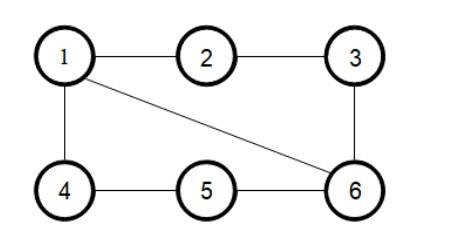
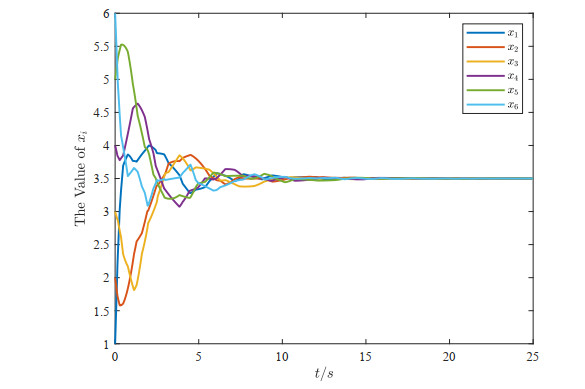
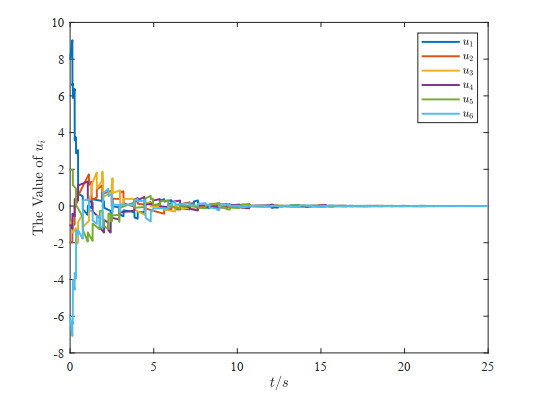
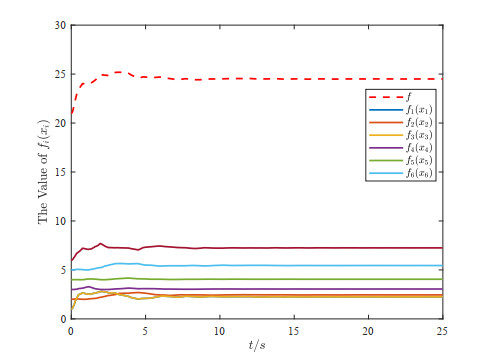
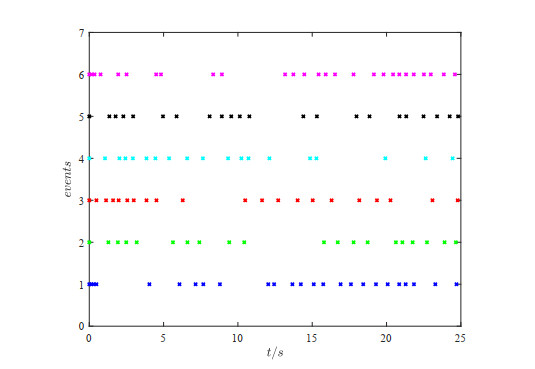
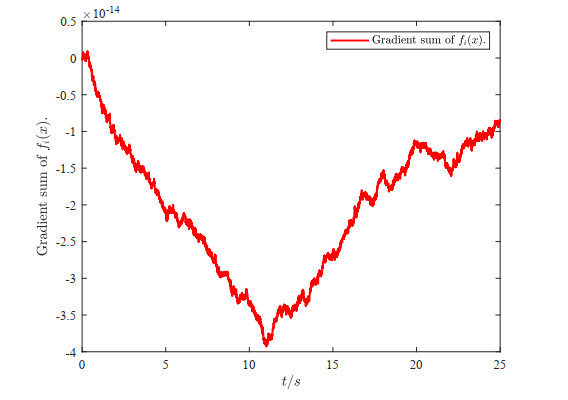
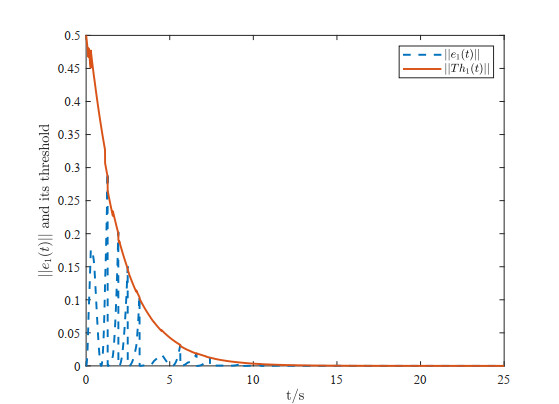


 DownLoad:
DownLoad: